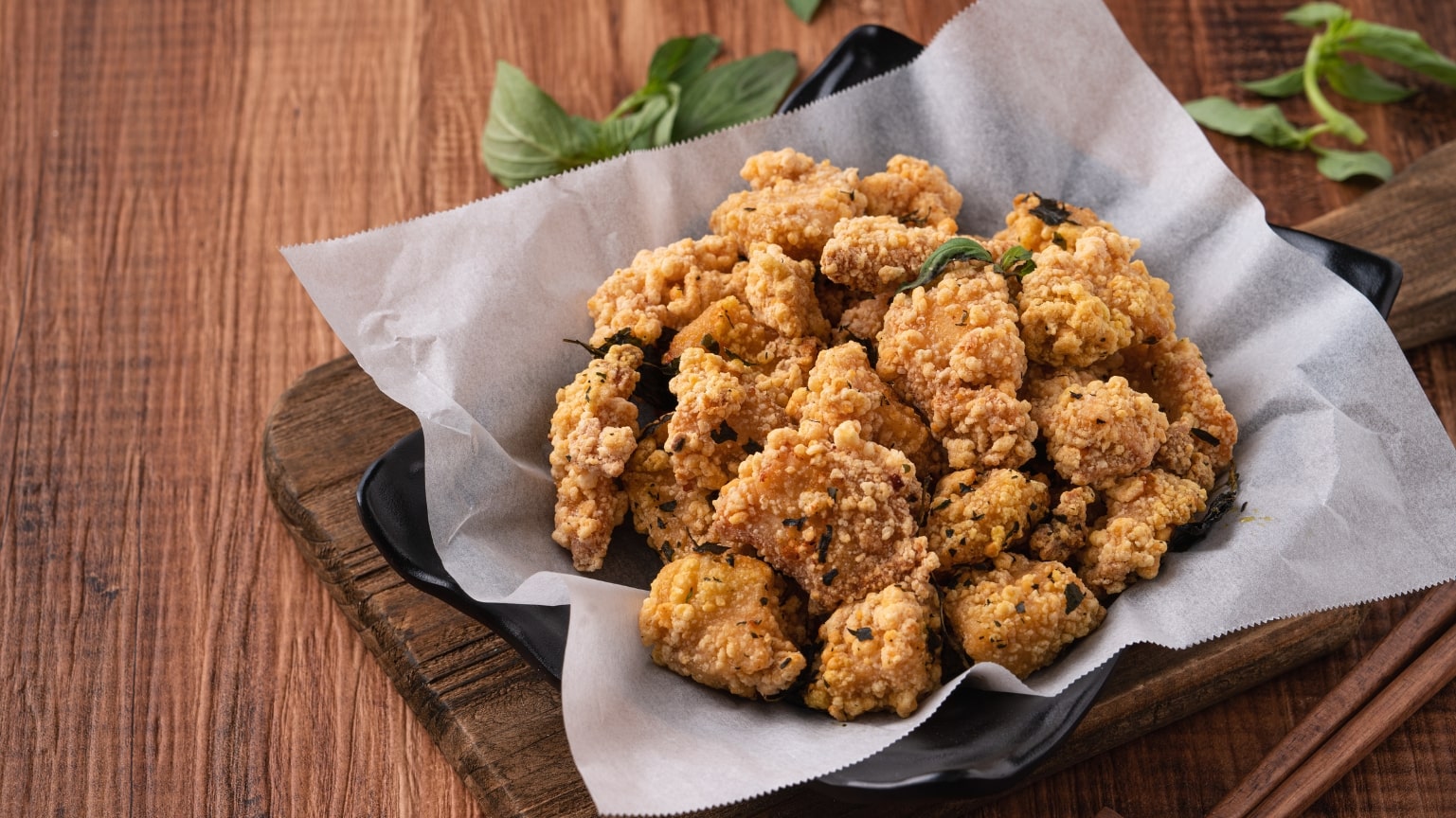
Introduction
Chicken salt, a culinary marvel often found gracing the counters of fish and chip shops, food trucks, and cafes, has been steadily gaining popularity worldwide. Despite its name, chicken salt is not a salt made exclusively from chicken; rather, it is a savory seasoning blend with a rich umami flavor profile that elevates dishes with its unique taste. In this article, we delve into the origins, composition, uses, and cultural significance of chicken salt, uncovering the secrets behind this beloved seasoning.
Origins of Chicken Salt
The origins of chicken salt can be traced back to the land down under – Australia. It is believed to have emerged in the 1970s, pioneered by Adelaide-based food manufacturer Mitani. Originally created to season rotisserie chicken, the seasoning quickly gained popularity and found its way into other culinary applications. Today, it is a staple in Australian cuisine and has garnered a cult-like following in other parts of the world.
Ingredients of Chicken Salt
While the exact recipe for chicken salt may vary from brand to brand and region to region, the core ingredients typically include salt, chicken flavoring, onion powder, garlic powder, paprika, and various herbs and spices. Some variations may incorporate additional ingredients like celery salt, mustard powder, or turmeric for added complexity. The combination of these ingredients yields a savory, aromatic seasoning that pairs exceptionally well with a wide range of dishes.
How to Use Chicken Salt?
Chicken salt is incredibly versatile and can be used to enhance the flavor of numerous dishes. Its primary use is as a seasoning for hot chips (French fries), where it adds a delicious savory kick. However, its applications extend far beyond just fries. It can be sprinkled over popcorn, roasted vegetables, grilled meats, or even used as a seasoning for homemade potato chips. Some adventurous home cooks have even experimented with incorporating chicken salt into marinades, salad dressings, and sauces to infuse dishes with its distinctive flavor.
Cultural Significance
In Australia, chicken salt holds a special place in the hearts of many. It is an integral part of the quintessential Aussie takeaway experience, often enjoyed alongside fish and chips or a hearty chicken schnitzel. Its widespread popularity has led to numerous debates and discussions about the best brand or blend of chicken salt, with passionate devotees swearing by their favorite varieties.
Beyond Australia, chicken salt has begun to make its mark on the global culinary scene. Food enthusiasts and chefs around the world have embraced its bold flavor profile, incorporating it into their creations to add depth and complexity. Its rise to prominence speaks to the growing appreciation for global flavors and the willingness of people to experiment with new and exciting ingredients.
Is Chicken Salt Healthy?
While undeniably delicious, it’s essential to acknowledge that chicken salt, like any seasoning, should be enjoyed in moderation. Due to its high sodium content, excessive consumption of foods seasoned with chicken salt can contribute to health issues such as high blood pressure and heart disease. As such, it’s recommended to use chicken salt sparingly and balance it with other herbs and spices to minimize sodium intake while still enjoying its savory goodness.
FAQ
What’s the difference between salt and chicken salt?
The primary difference between salt and chicken salt lies in their composition and flavor profiles.
Salt, also known as table salt or sodium chloride, is a mineral composed primarily of sodium and chloride ions. It is used primarily as a seasoning to enhance the flavor of food and as a preservative in cooking and food preservation.
On the other hand, chicken salt is a seasoned salt blend that typically contains salt as its base, along with additional ingredients such as chicken flavoring, onion powder, garlic powder, paprika, and various herbs and spices. These additional components give chicken salt its distinct savory flavor profile, which is reminiscent of roasted chicken.
While salt is a simple seasoning that adds basic saltiness to dishes, chicken salt offers a more complex flavor profile with hints of umami and other savory notes. Additionally, chicken salt is often used specifically to enhance the flavor of poultry dishes, though it can be used in a wide range of culinary applications beyond just seasoning chicken.
Is chicken salt just MSG?
Chicken salt typically contains MSG (monosodium glutamate) as one of its components, but it is not solely comprised of MSG. While MSG contributes to the savory umami flavor characteristic of chicken salt, it is just one element in a complex blend of spices and seasonings. Chicken salt also commonly includes ingredients such as salt, chicken flavoring, onion powder, garlic powder, paprika, and various herbs and spices. These ingredients work together to create the distinctive taste and aroma that sets chicken salt apart from other seasonings. Therefore, while MSG may be present in chicken salt, it is not accurate to categorize chicken salt solely as MSG.
Is chicken salt just seasoned salt?
Chicken salt is not just seasoned salt; it is a specific type of seasoned salt with a distinct flavor profile. While both chicken salt and seasoned salt share similarities in that they are both blends of salt and various herbs and spices, chicken salt typically contains additional ingredients that give it its unique taste. These additional components often include chicken flavoring, onion powder, garlic powder, paprika, and other savory elements.
Conclusion
In conclusion, chicken salt stands as a testament to the power of culinary innovation and cultural exchange. What began as a humble seasoning in Australia has evolved into a beloved ingredient cherished by food lovers around the globe. Its savory flavor, versatility, and cultural significance make it a must-have pantry staple for home cooks and professional chefs alike. As we continue to explore the boundless possibilities of global cuisine, chicken salt remains a shining example of the magic that can happen when flavors from different cultures come together in perfect harmony.
